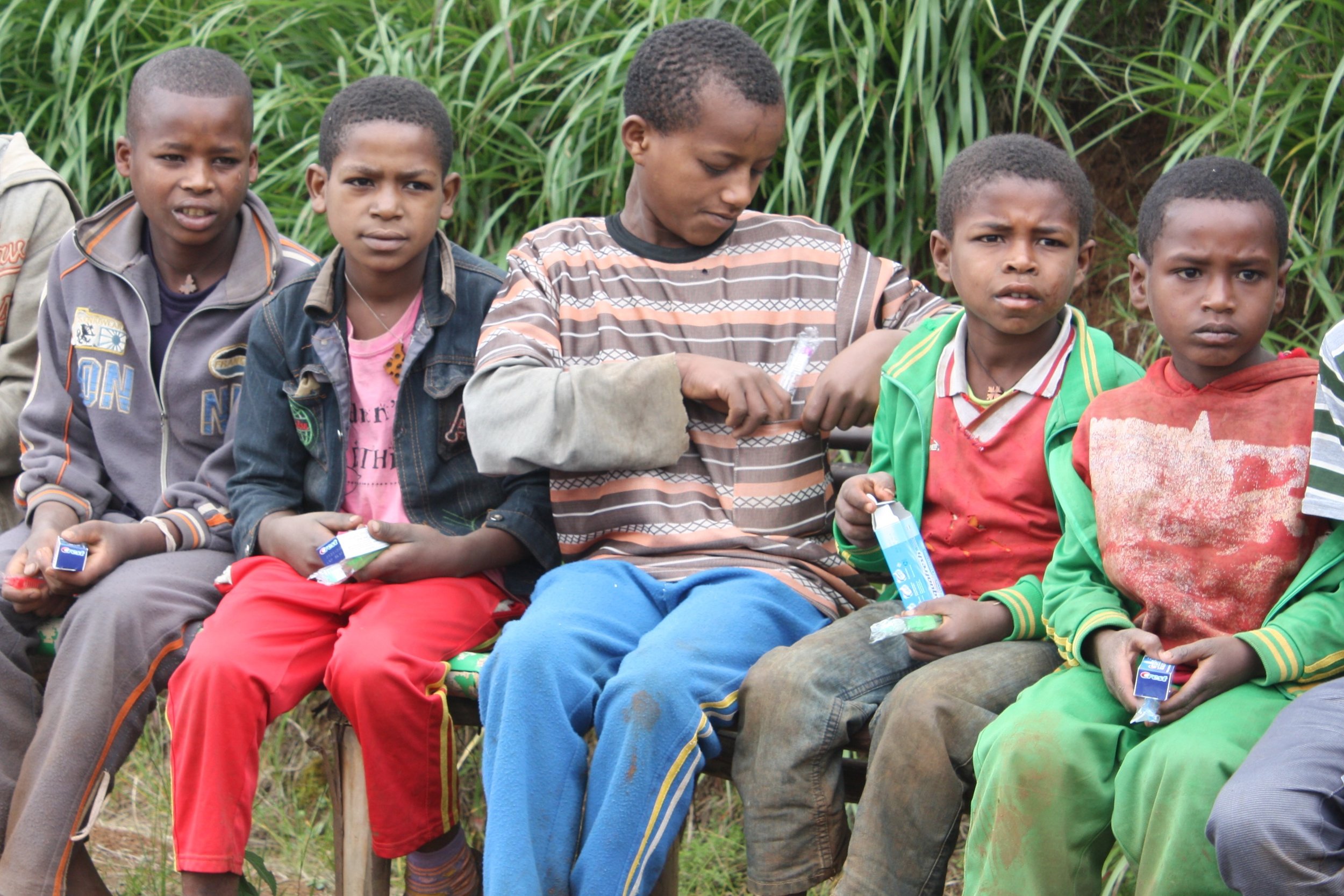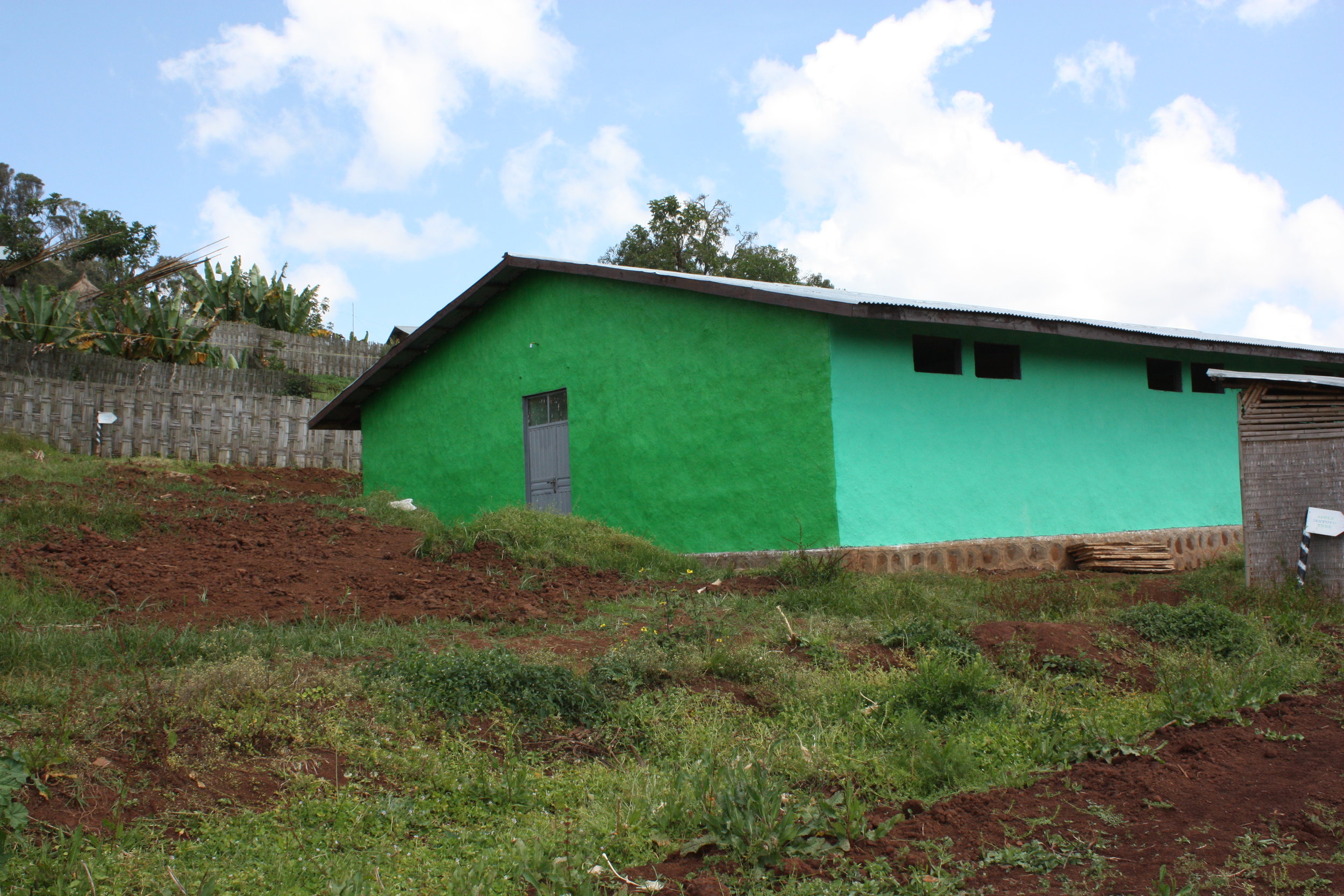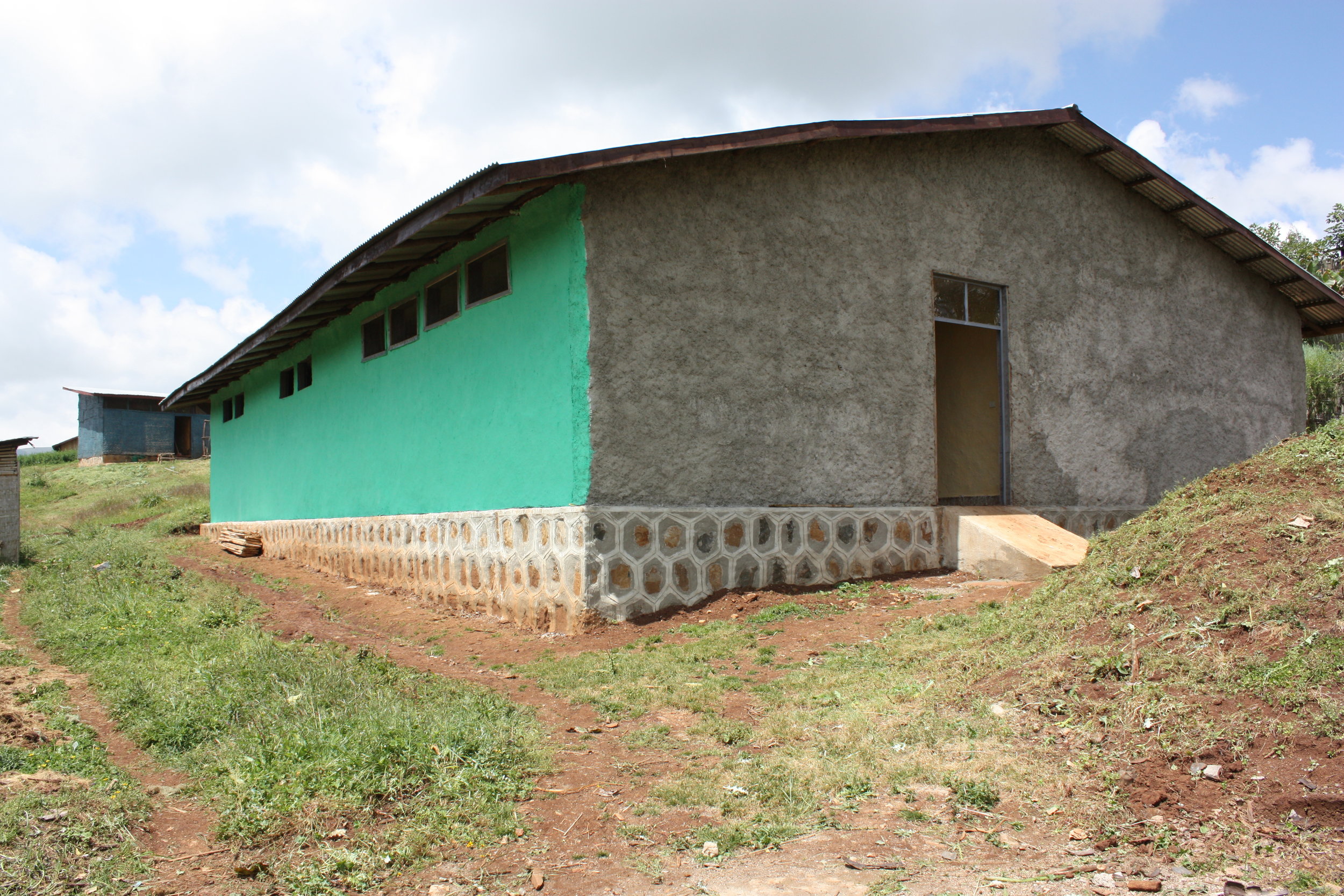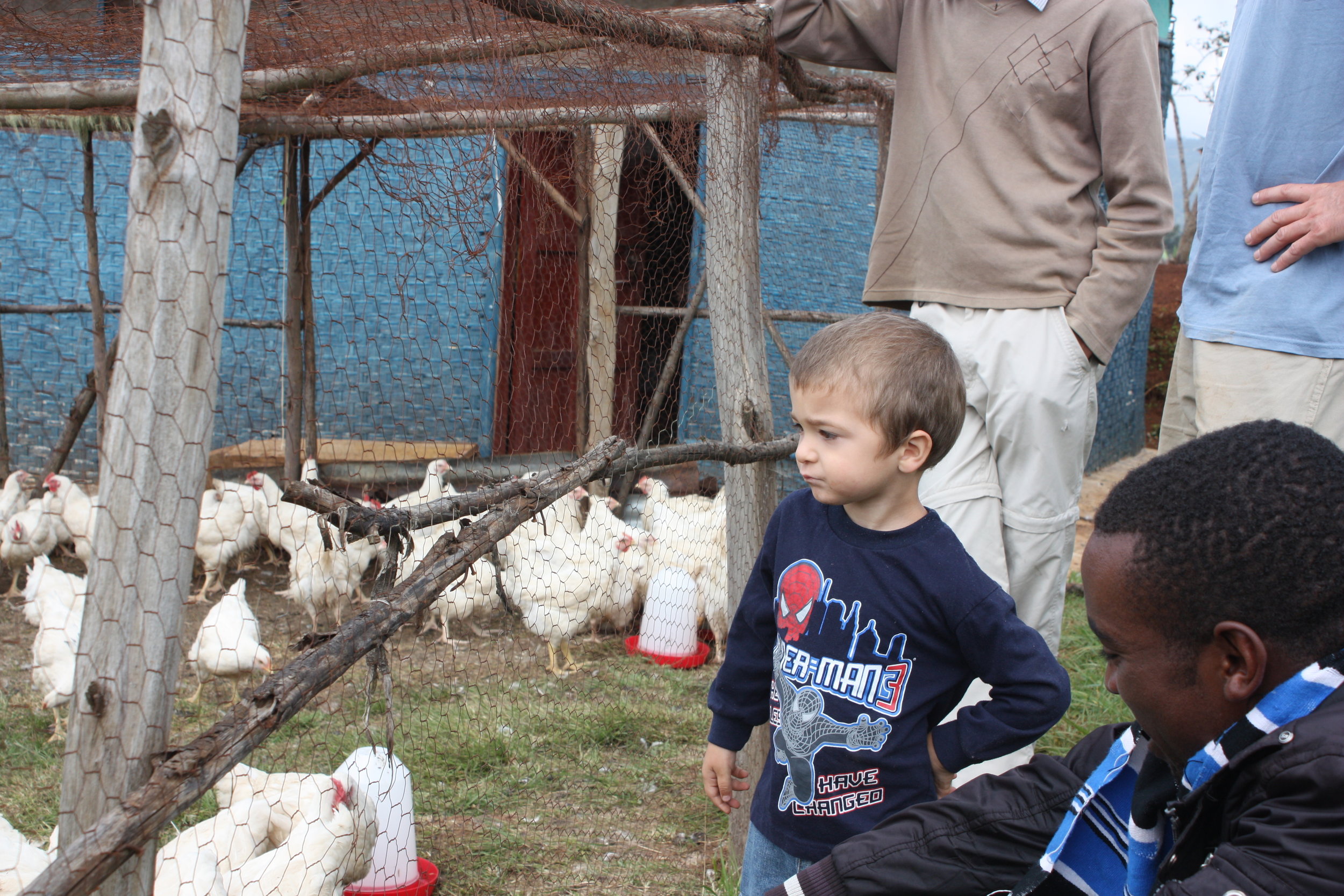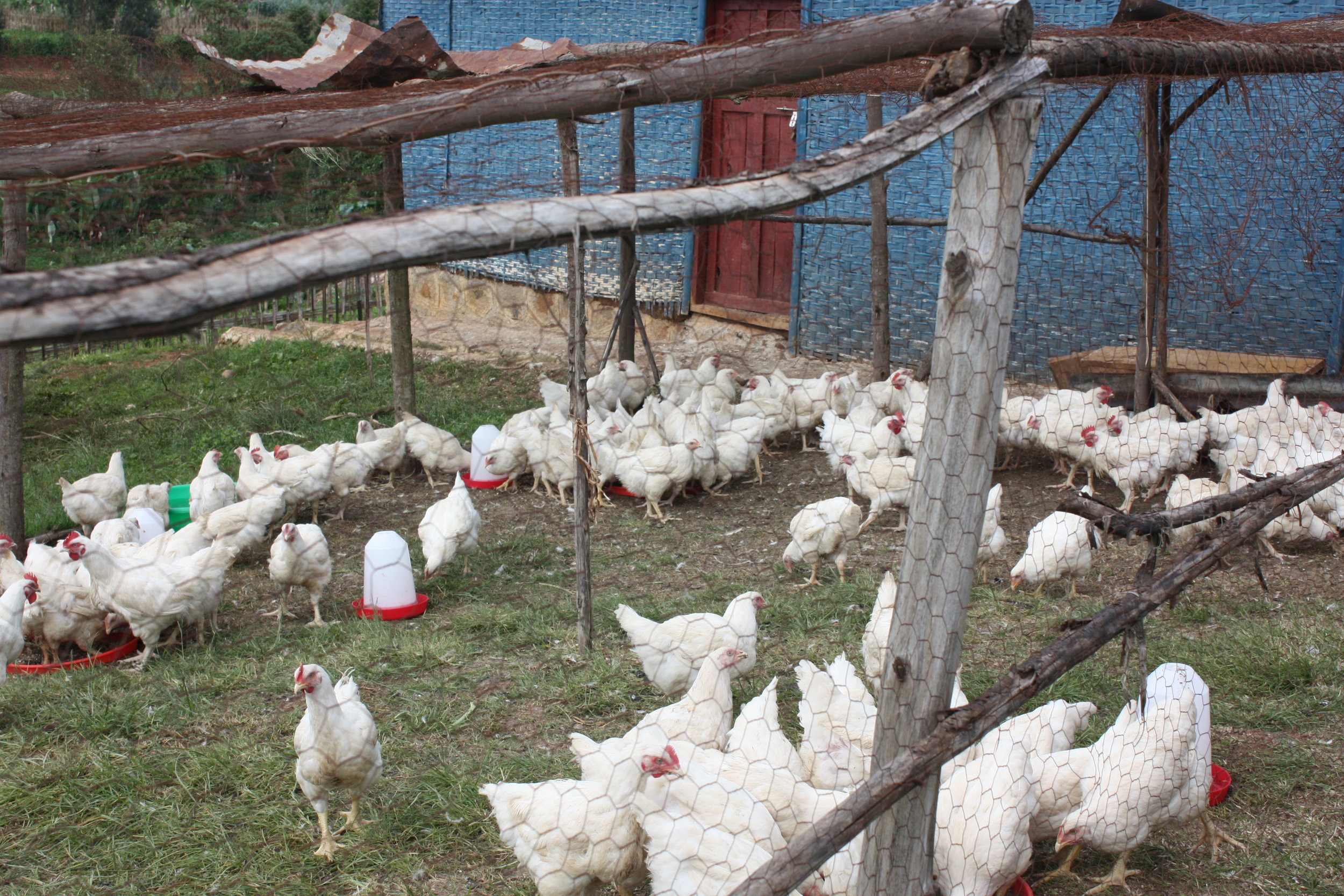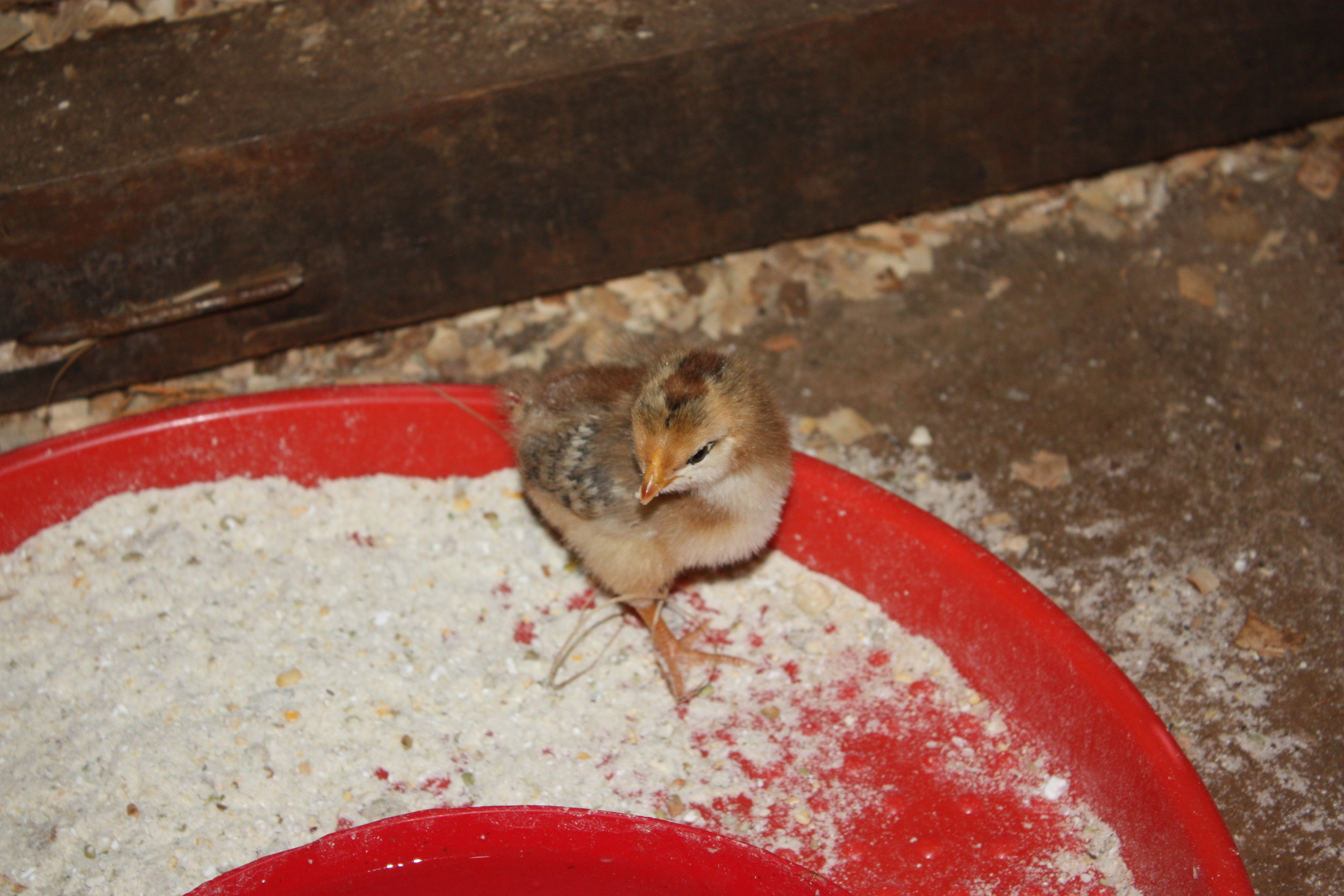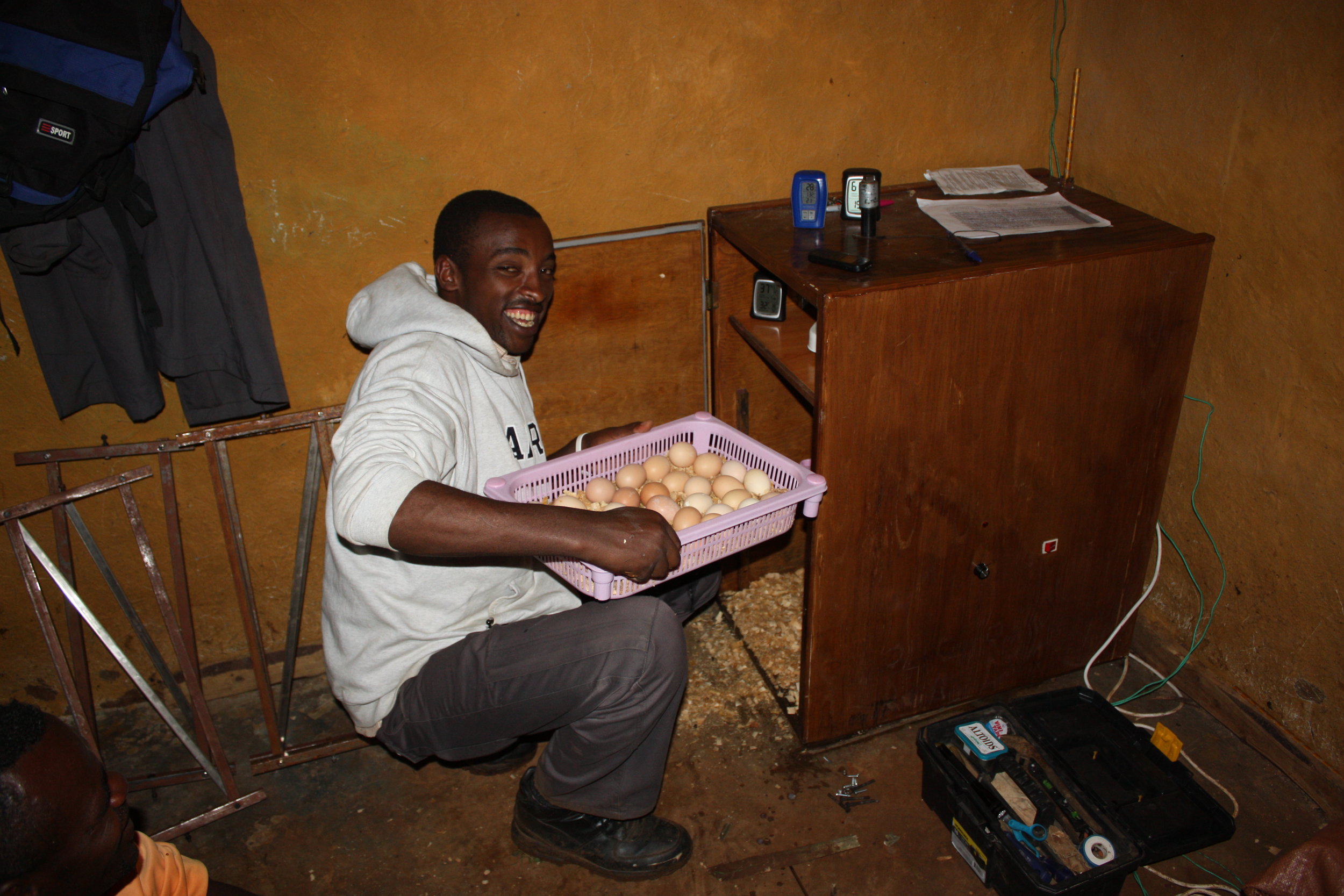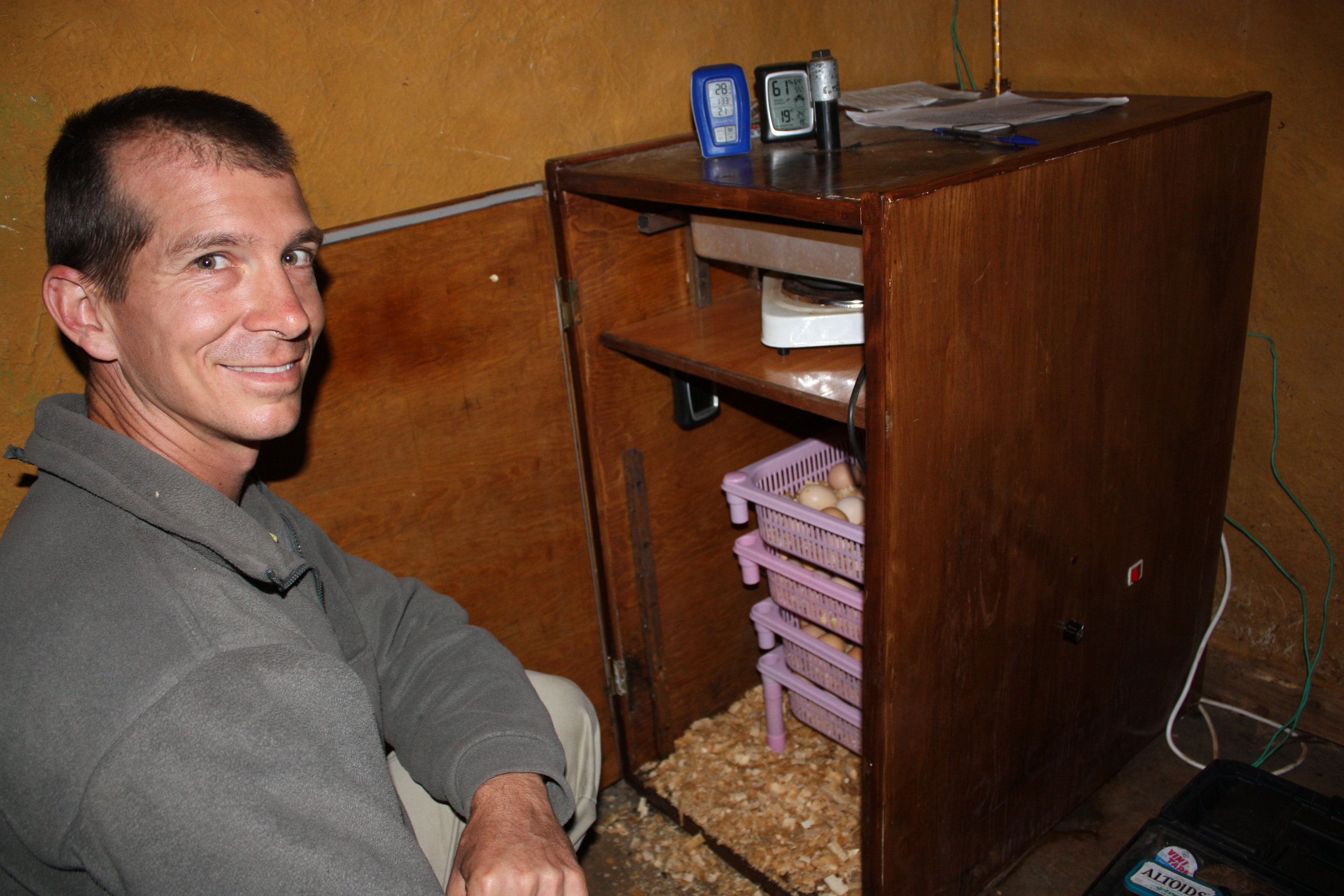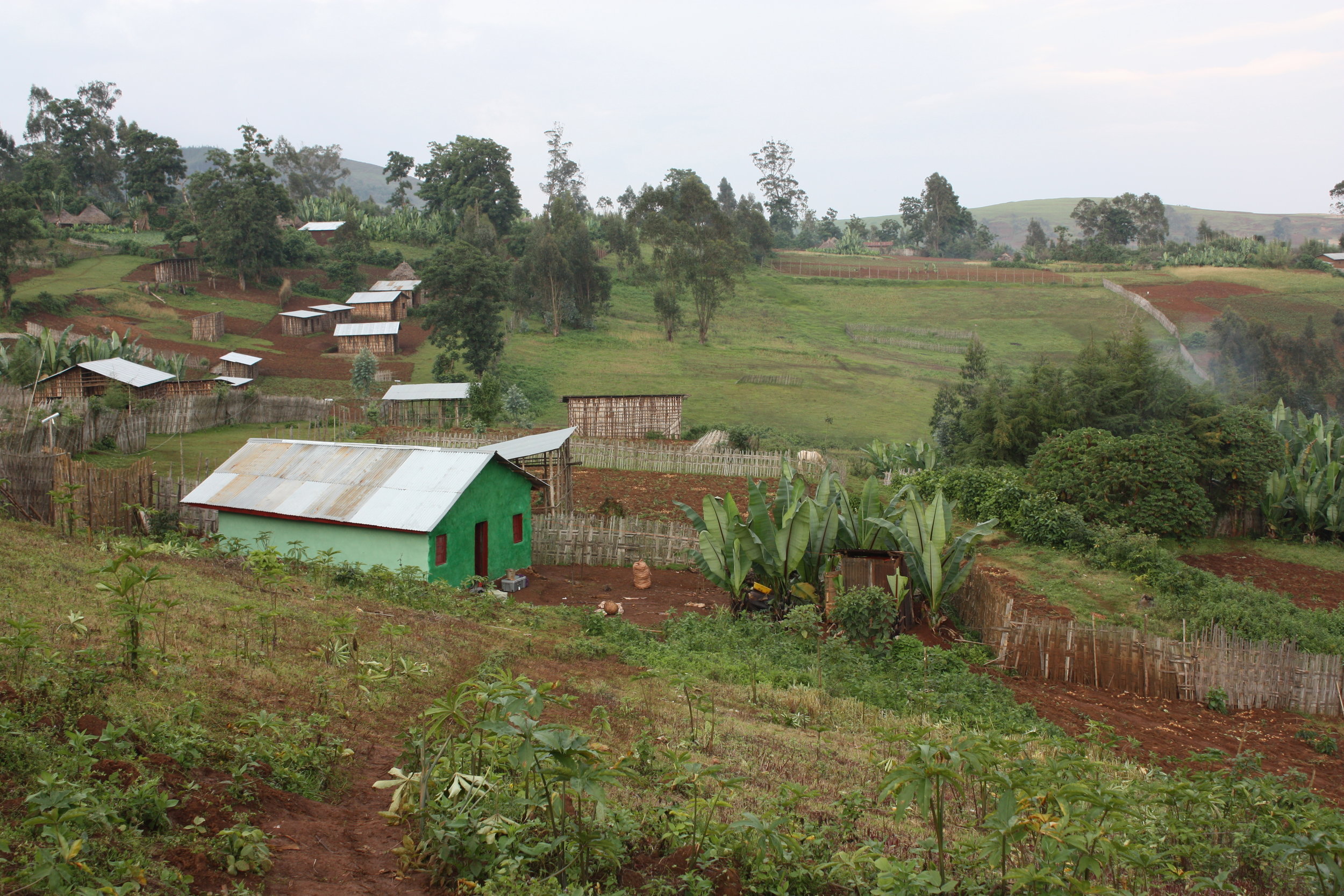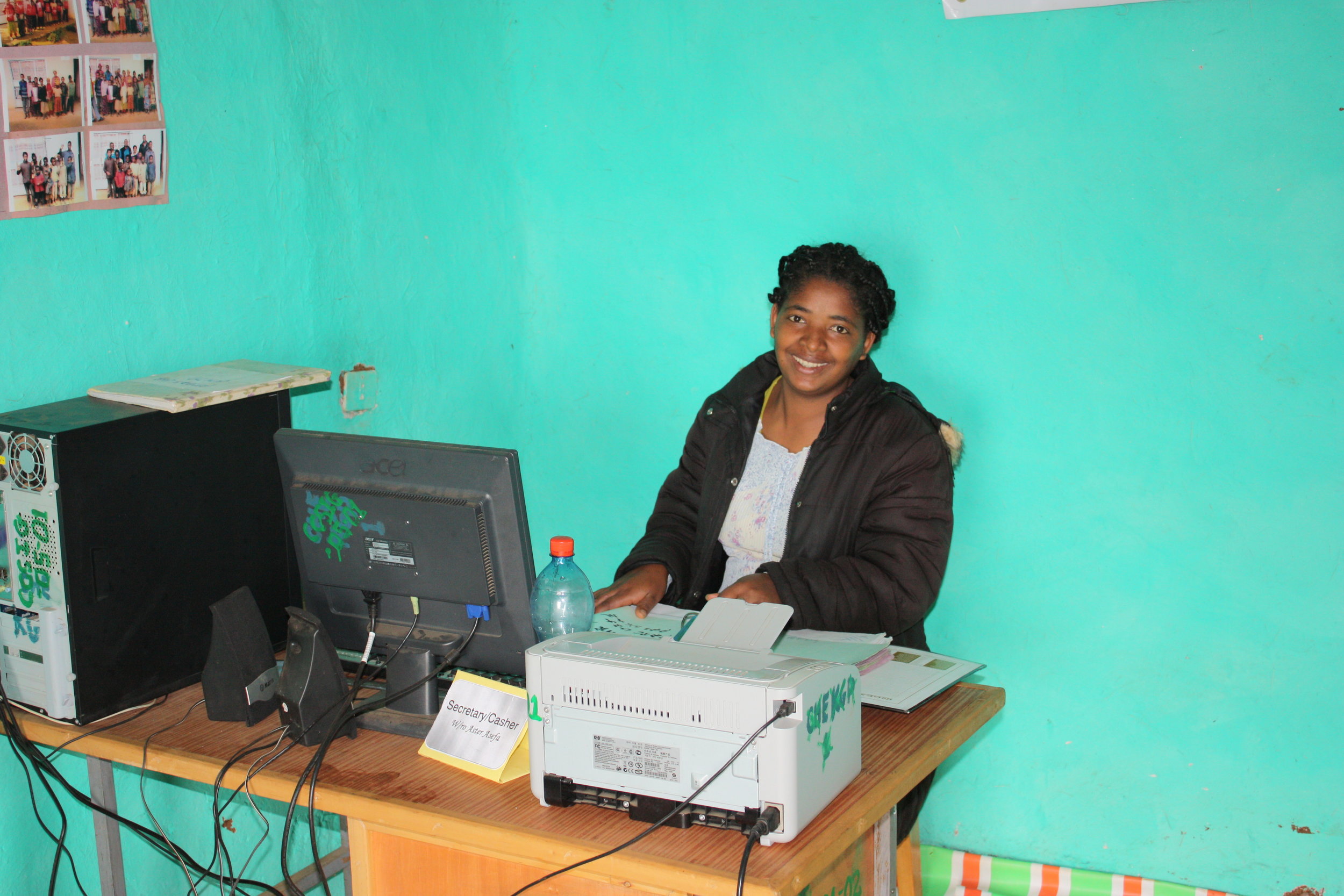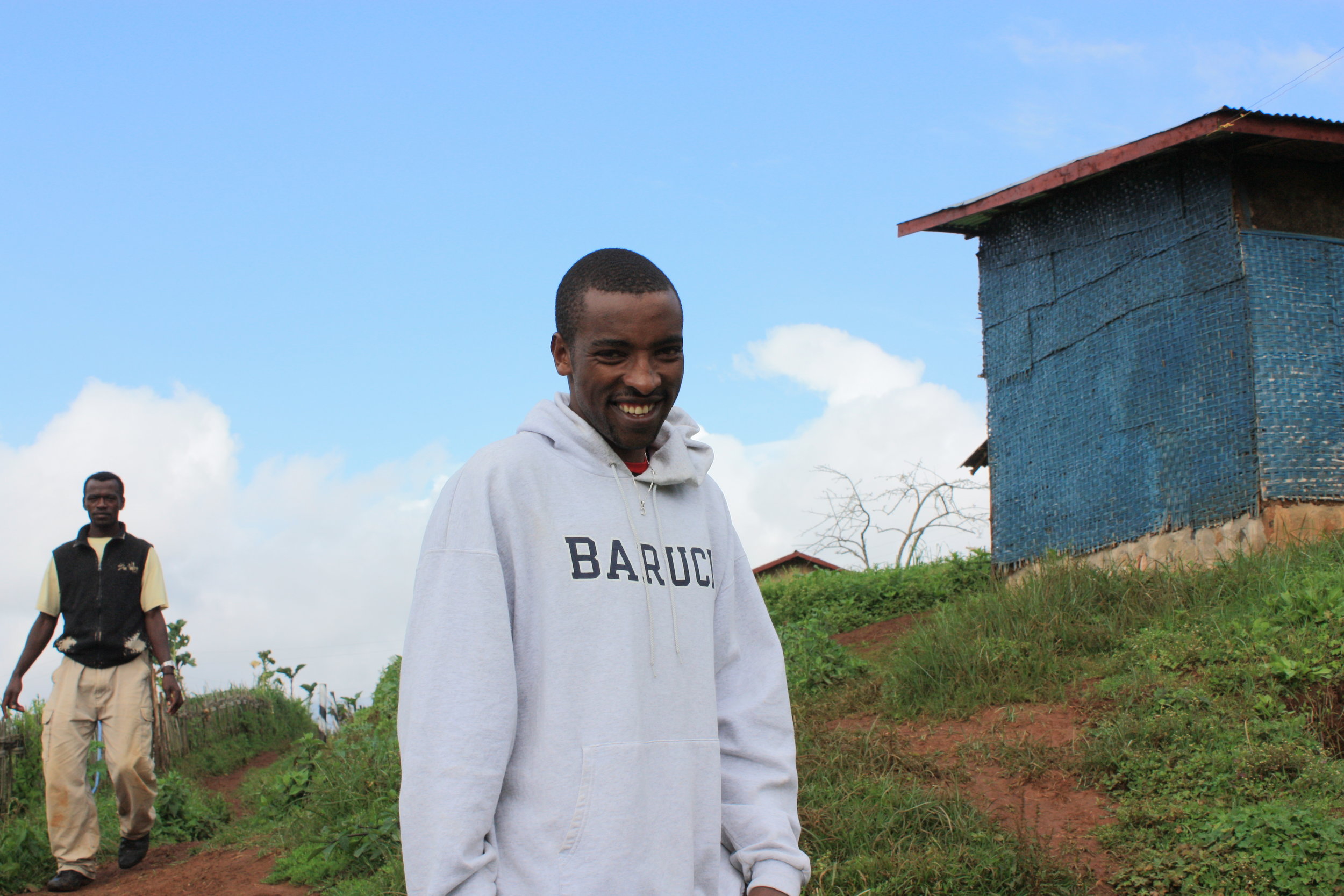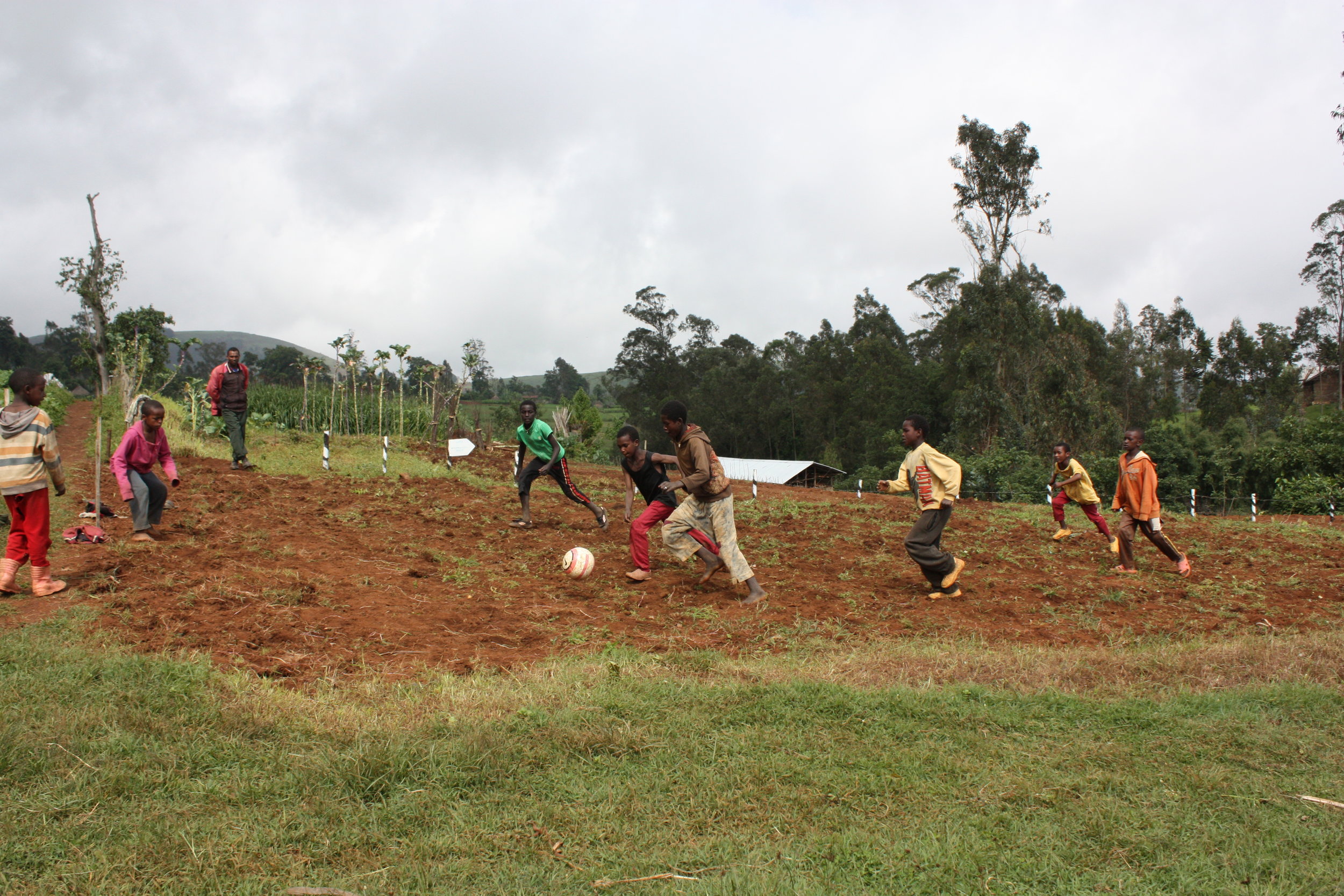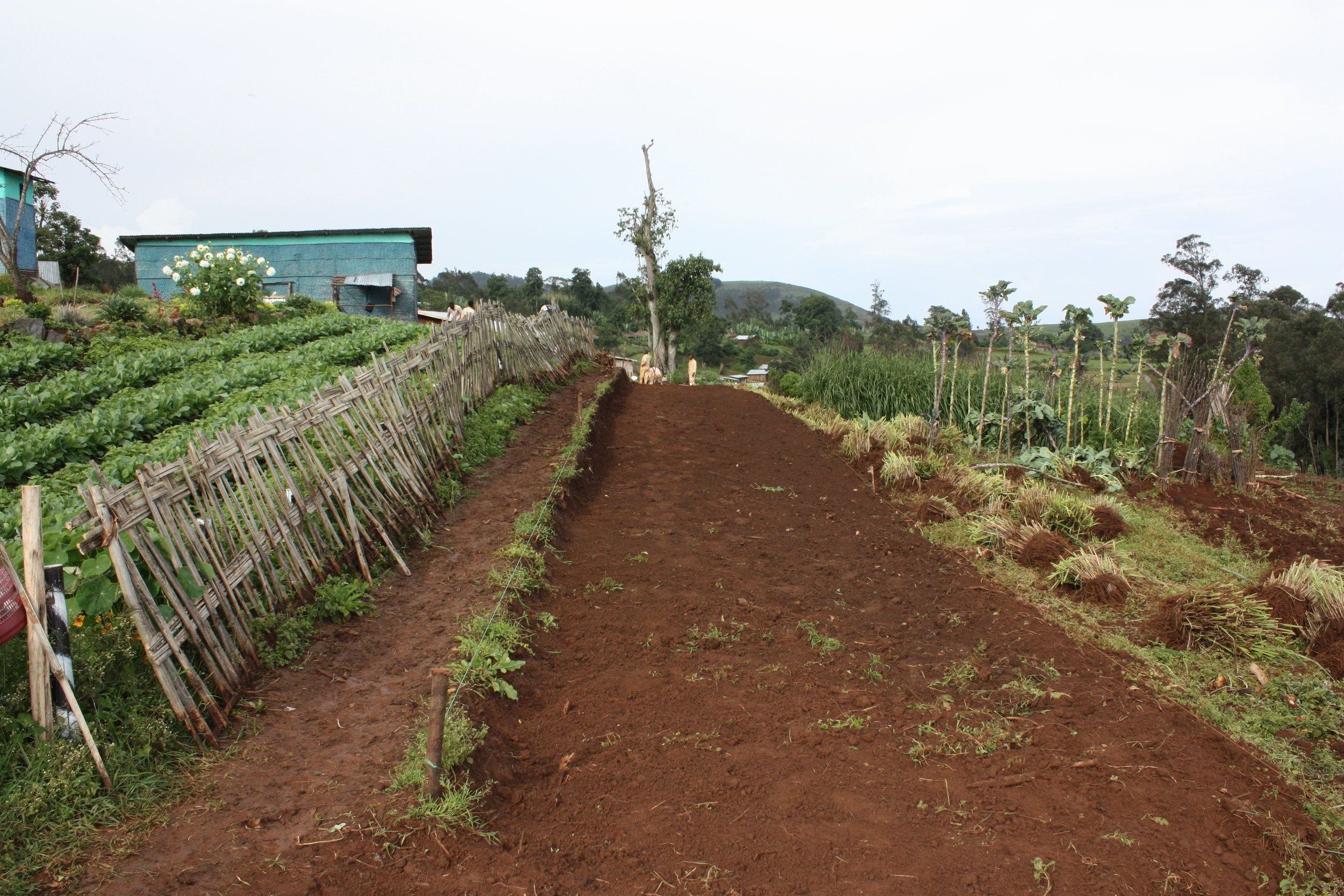This year's “Permanently His Campaign” has me thinking a lot about our work in Ethiopia. More specifically, I've been thinking about the Kota Ganate Agriculture Project - something we started almost six years ago - because permanency is what this project is all about. Where we're from, “putting down roots” means to establish yourself permanently somewhere - to make a place your home. You make friends there, make a home there, start a family there - you become part of the place just as much as the place becomes a part of you.
I guess you could say my family and I have put down roots in Ethiopia in more ways than one. With Kota Ganate we're “putting down roots” for a generation of children who desperately need the permanency TFC provides, children like Abel, Sossina, and Metu.
Kota Ganate provides long-term sustainability to ensure these kids and many others will find the permanency they need.
As we literally put down roots with each crop we plant, pray with us for God to deepen our financial roots through Kota Ganate so we can continue to offer street children in Ethiopia the chance to become Permanently His.





